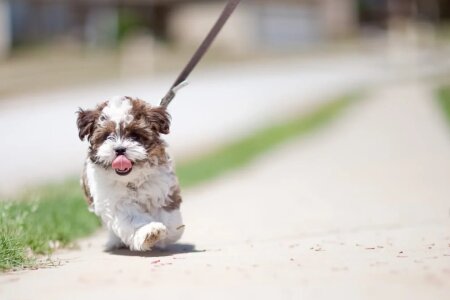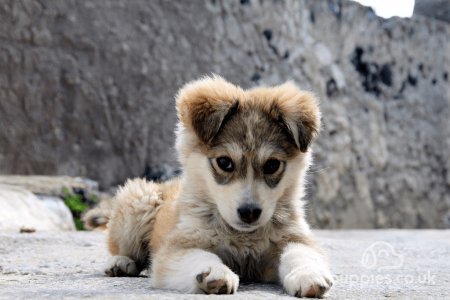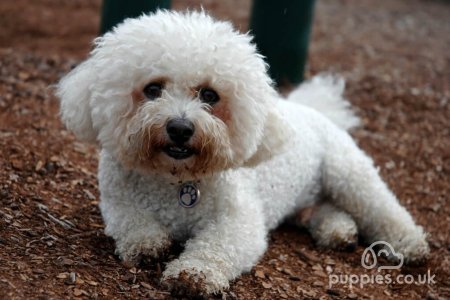🔒 Verified listings. Responsible breeders.
We (real humans) review every listing and rate breeders against responsible breeding criteria.
We (real humans) review every listing and rate breeders against responsible breeding criteria.











